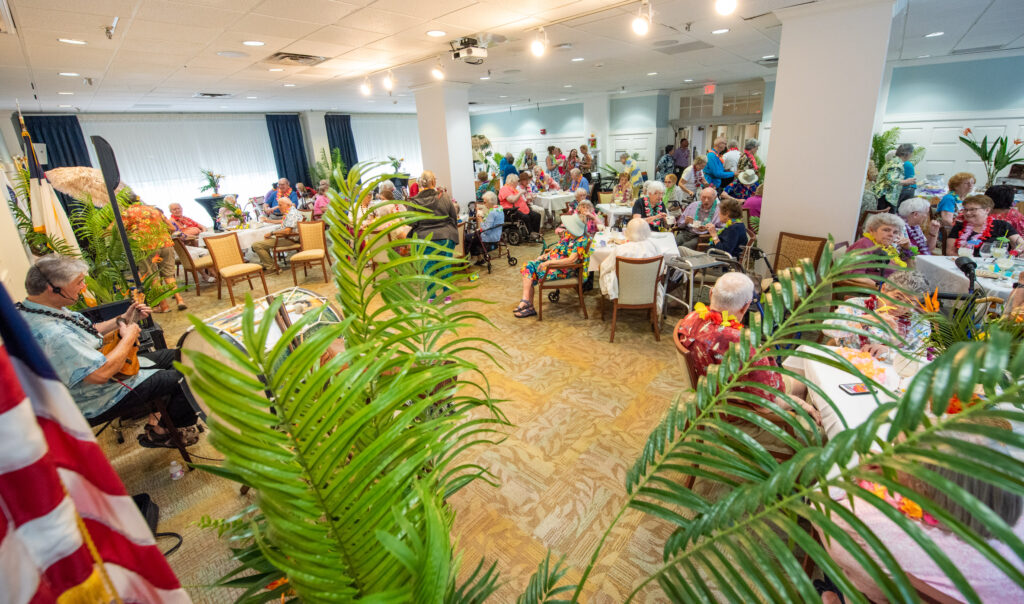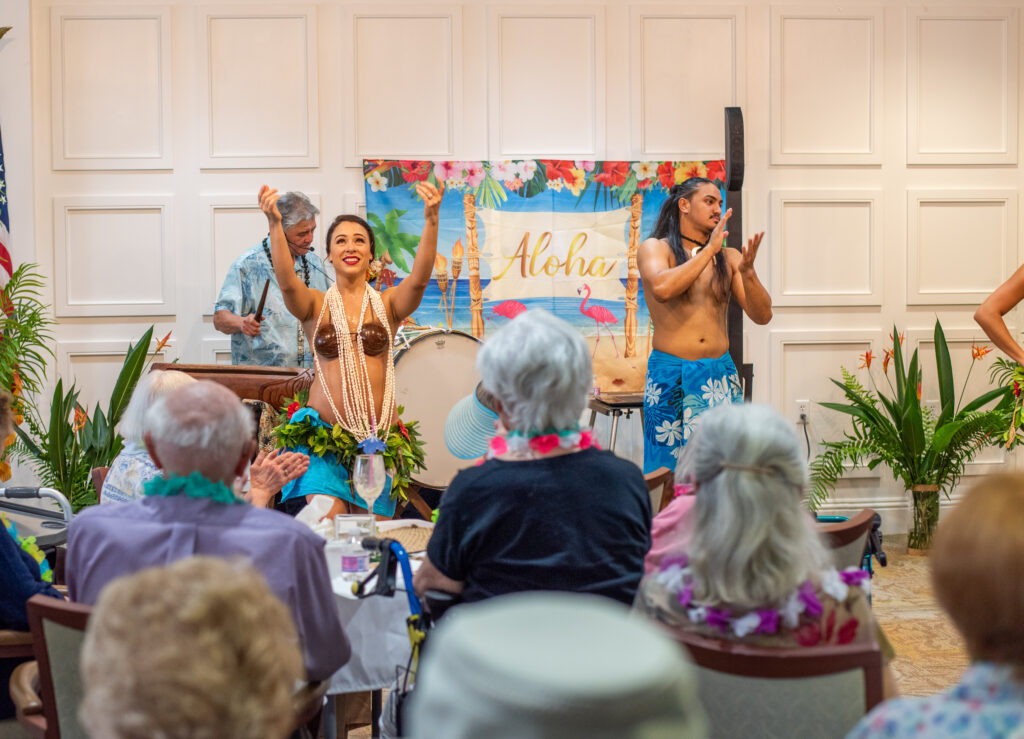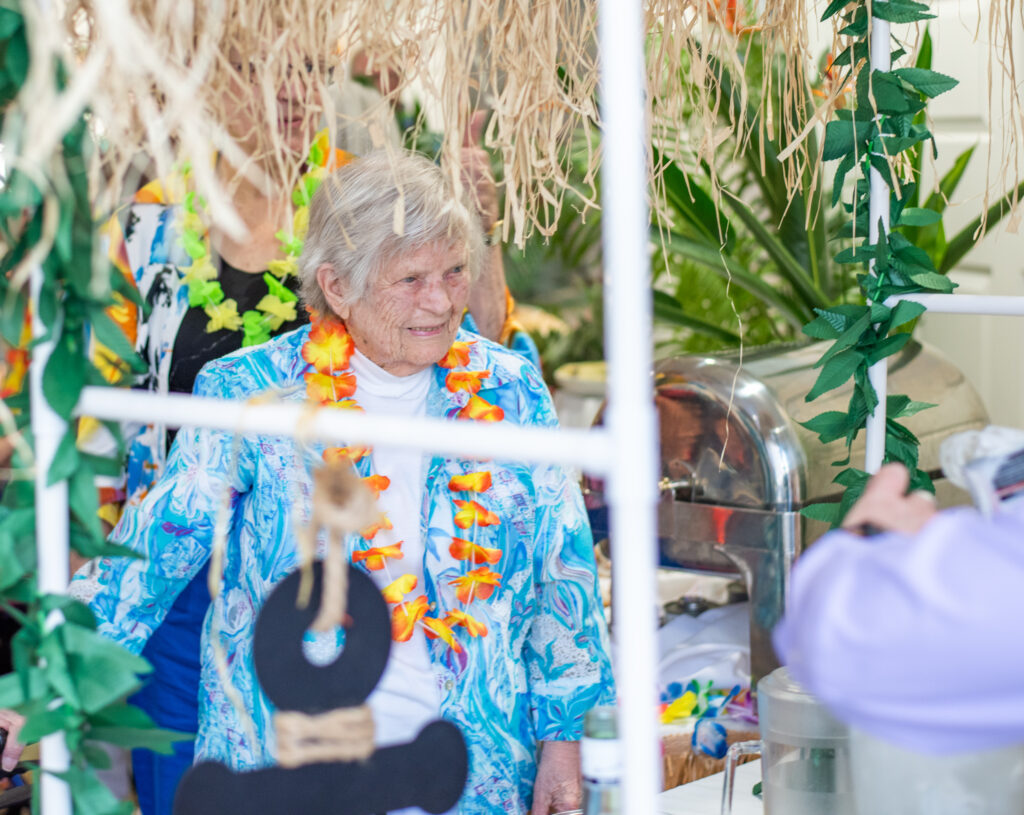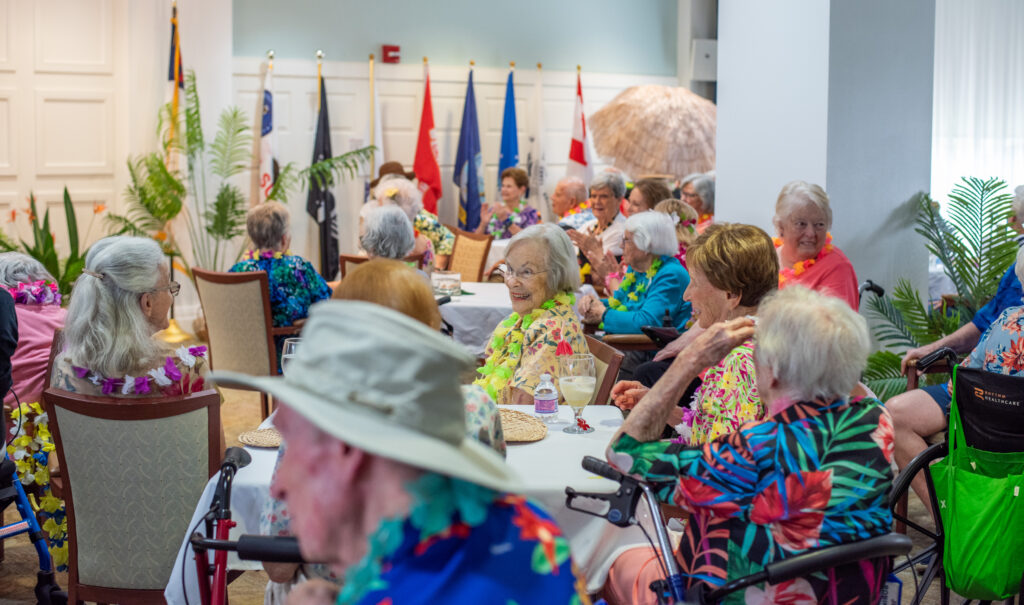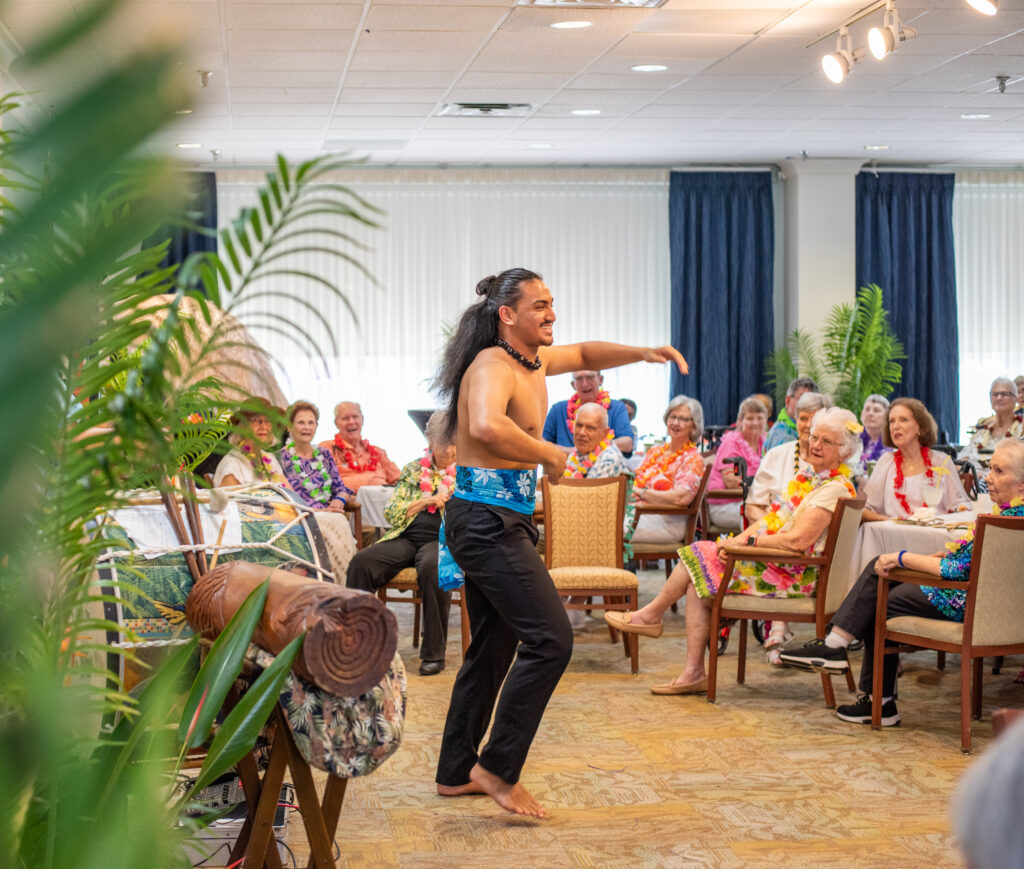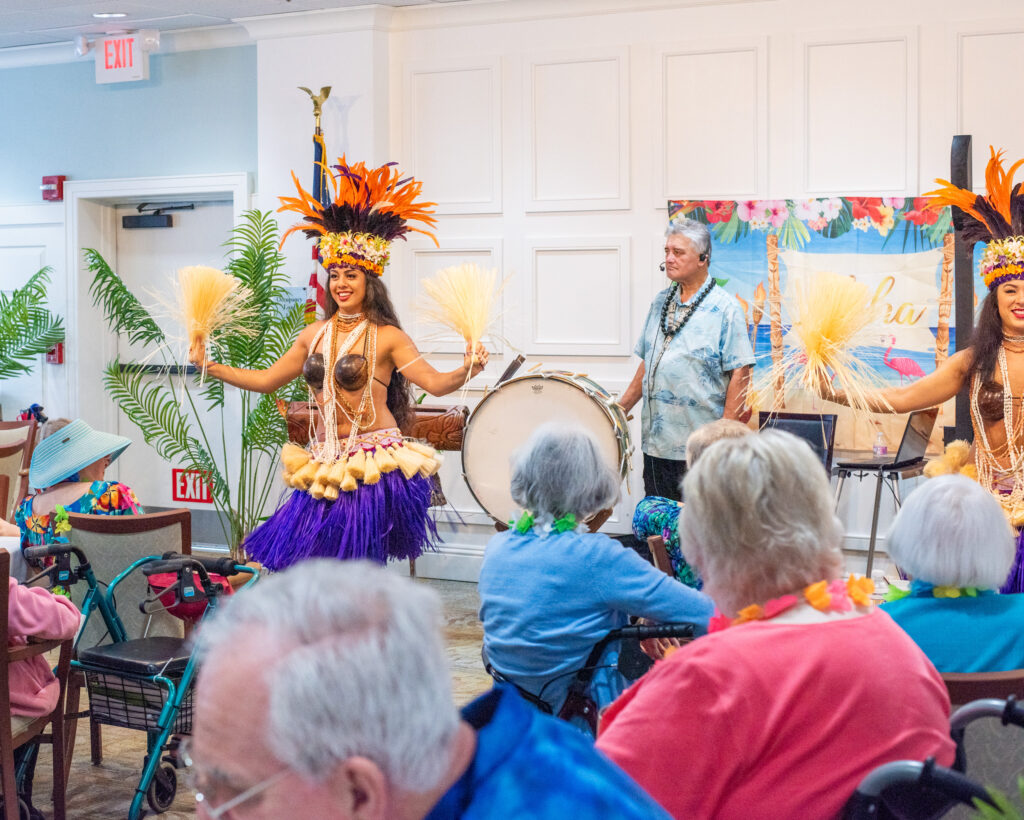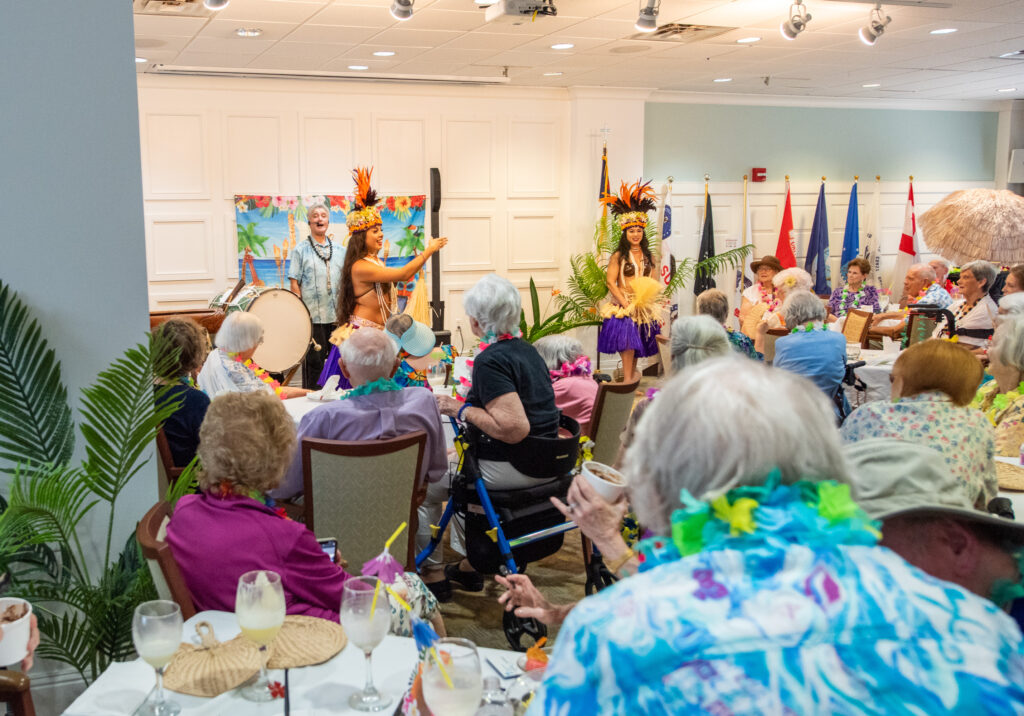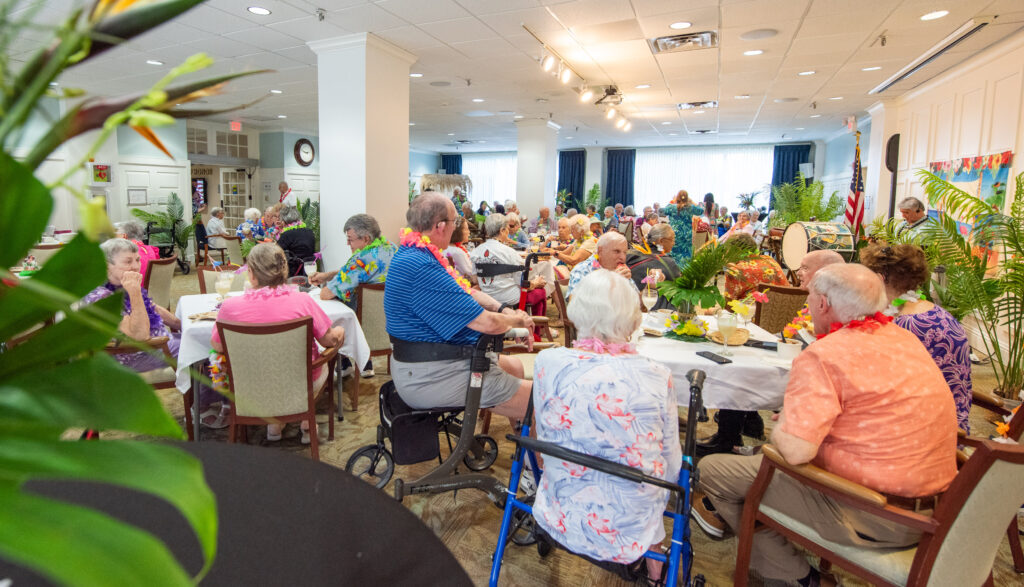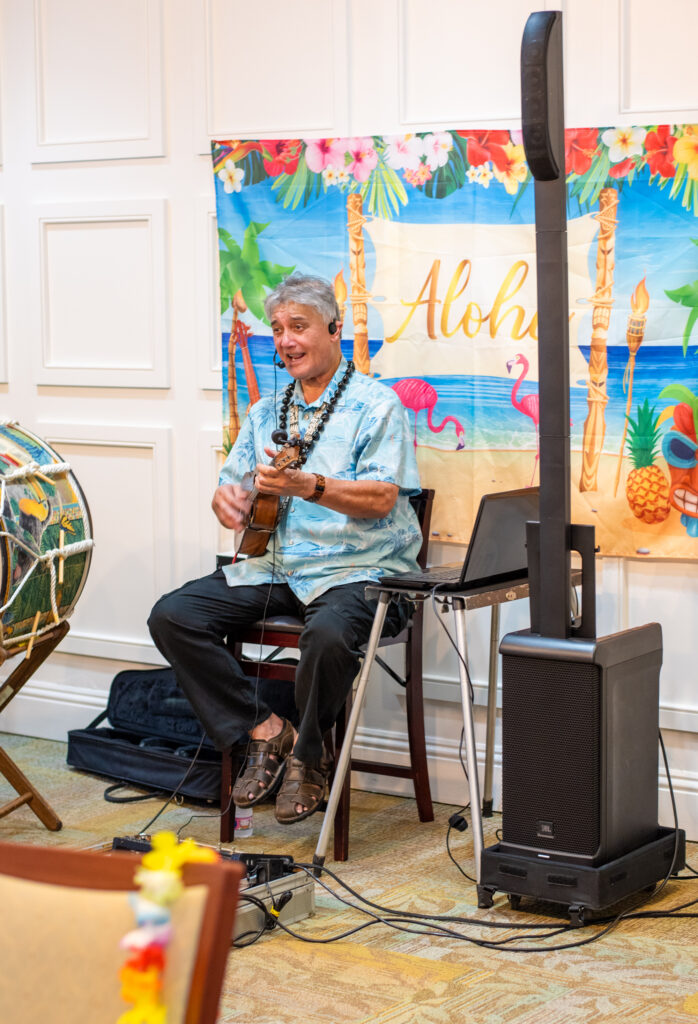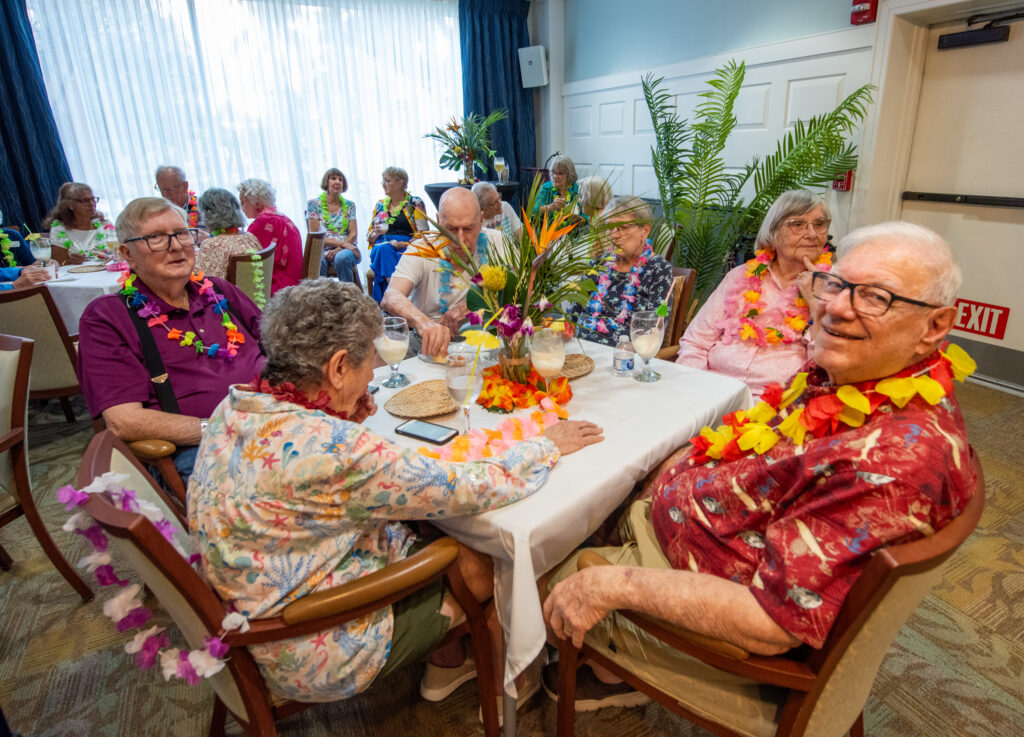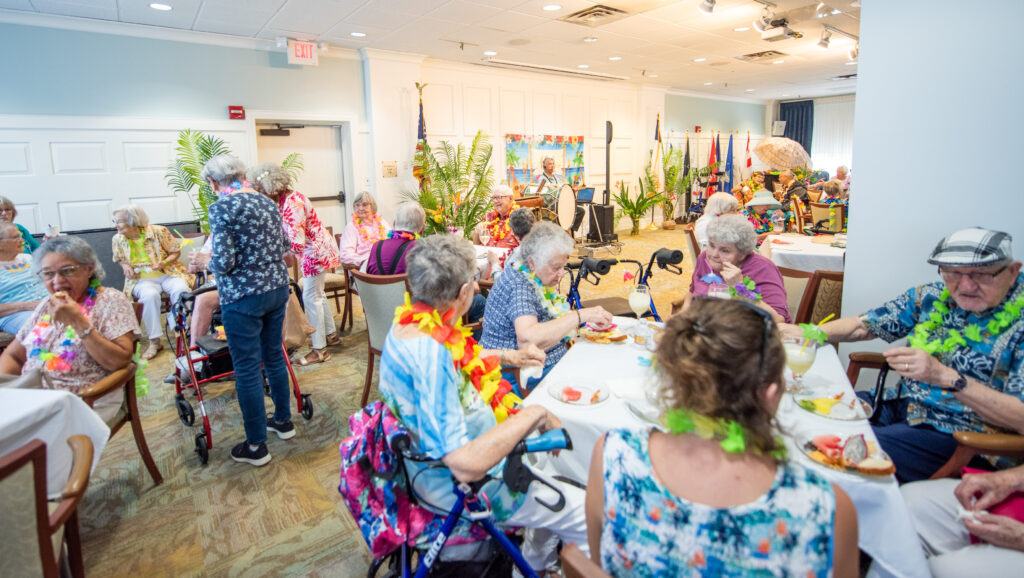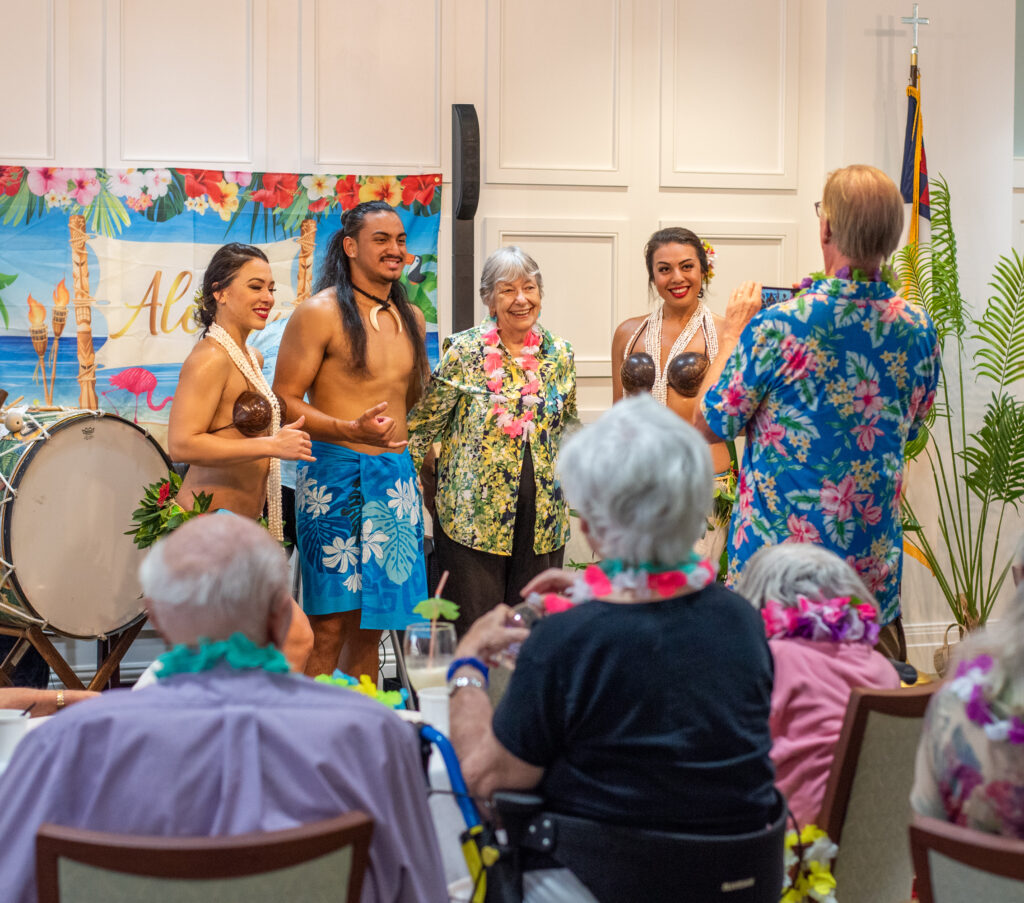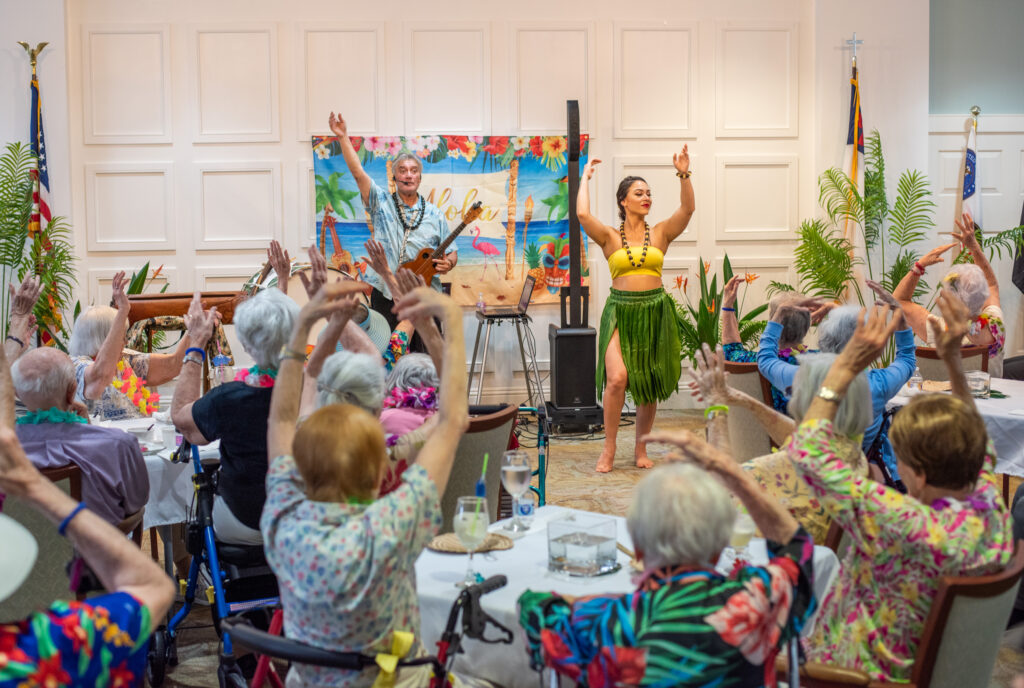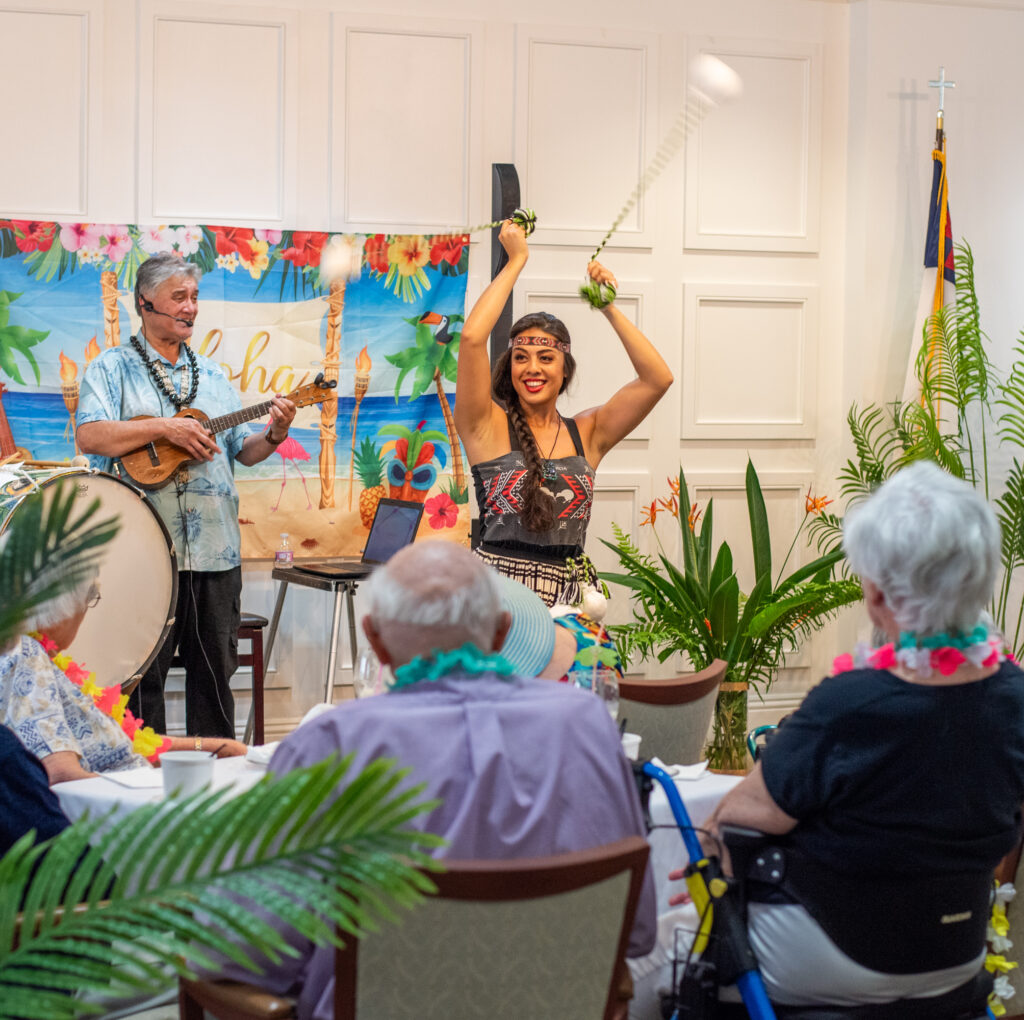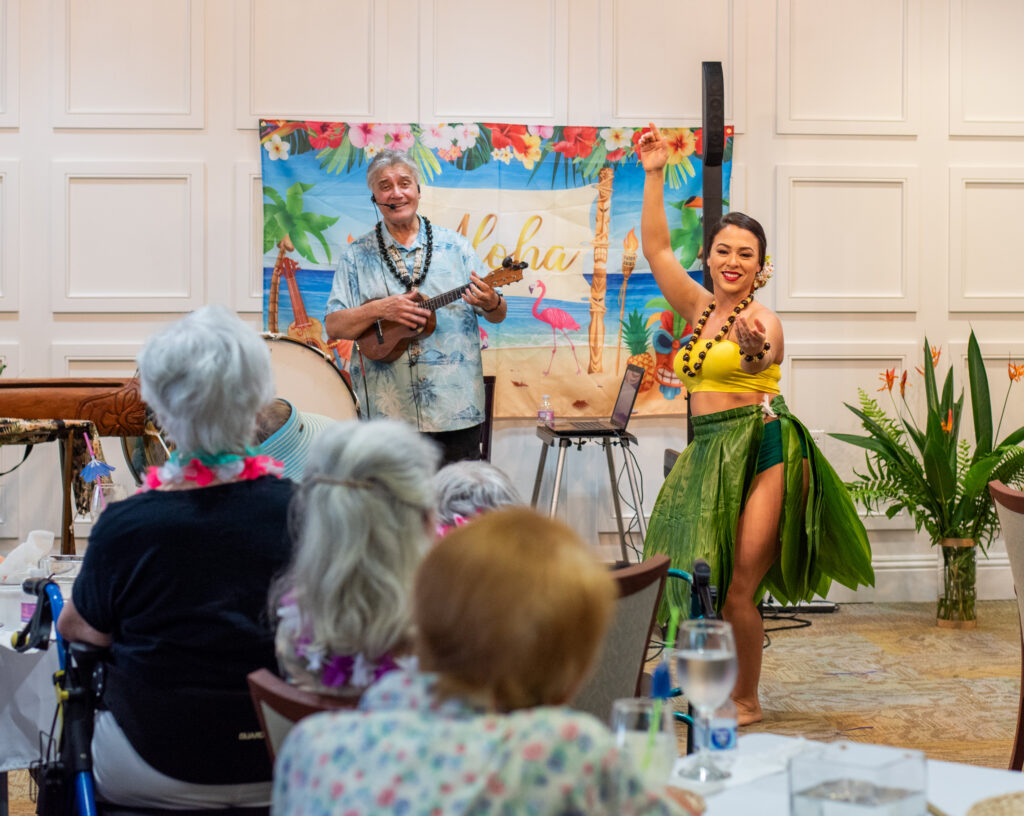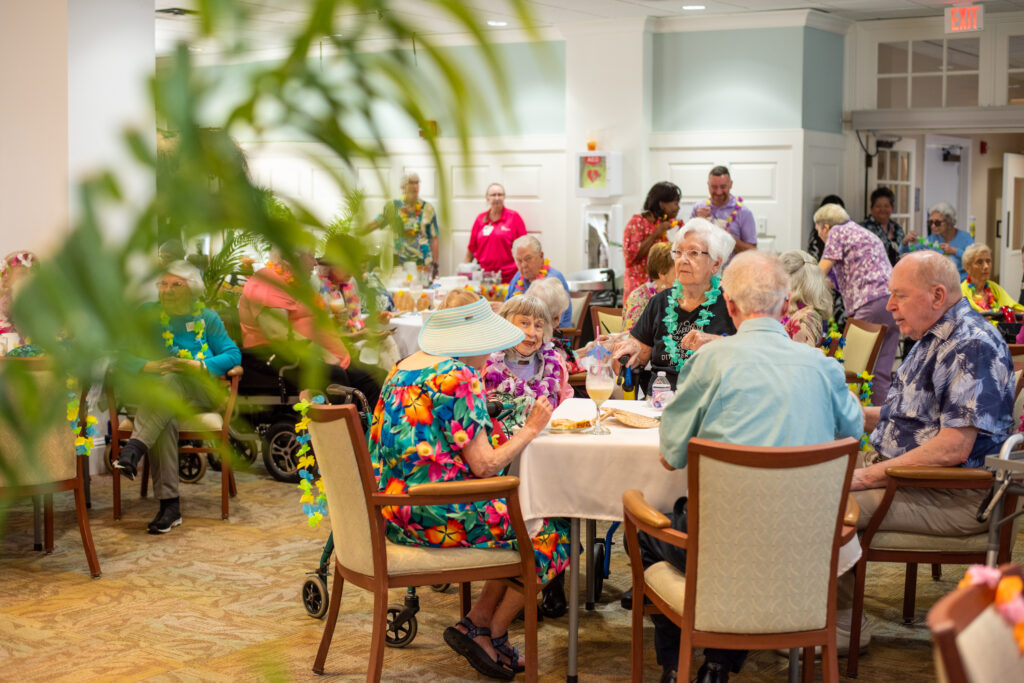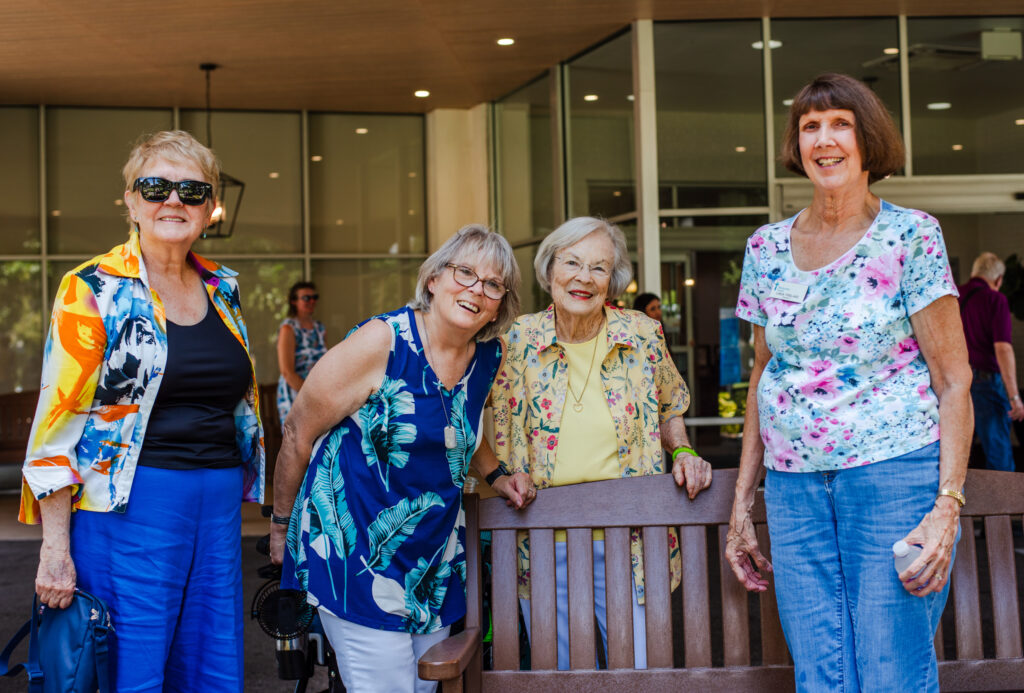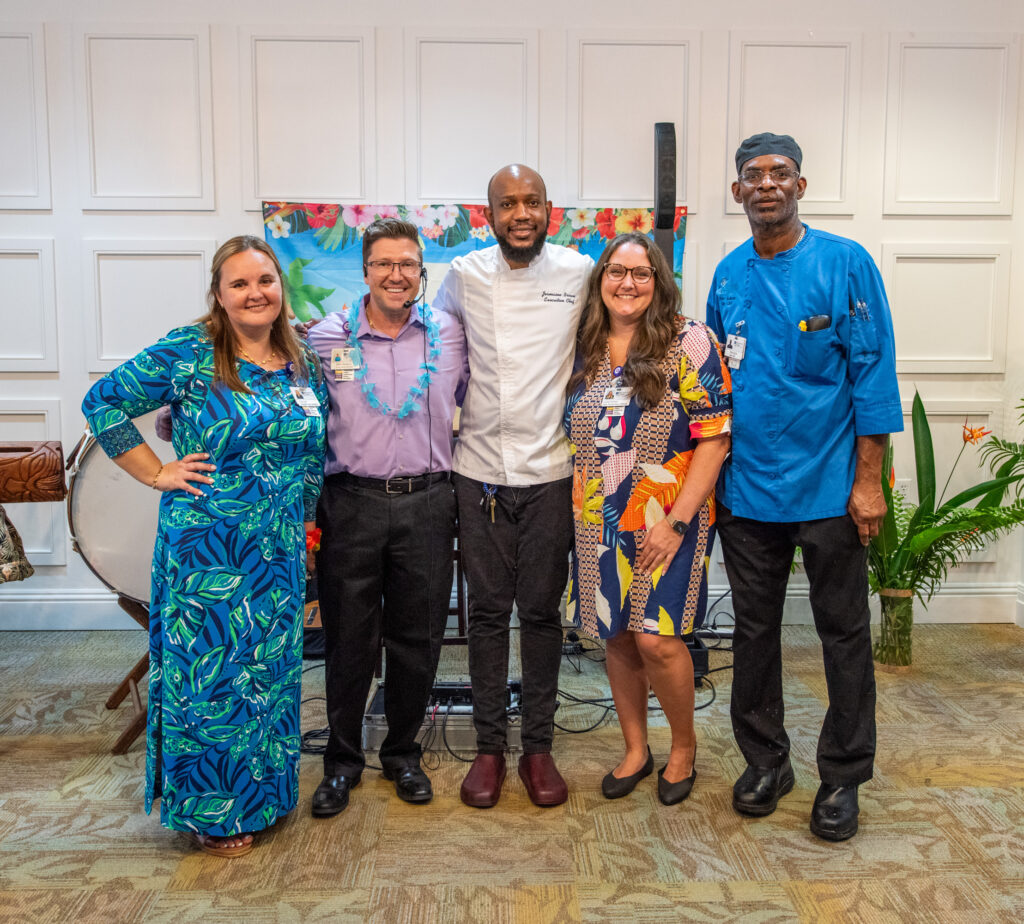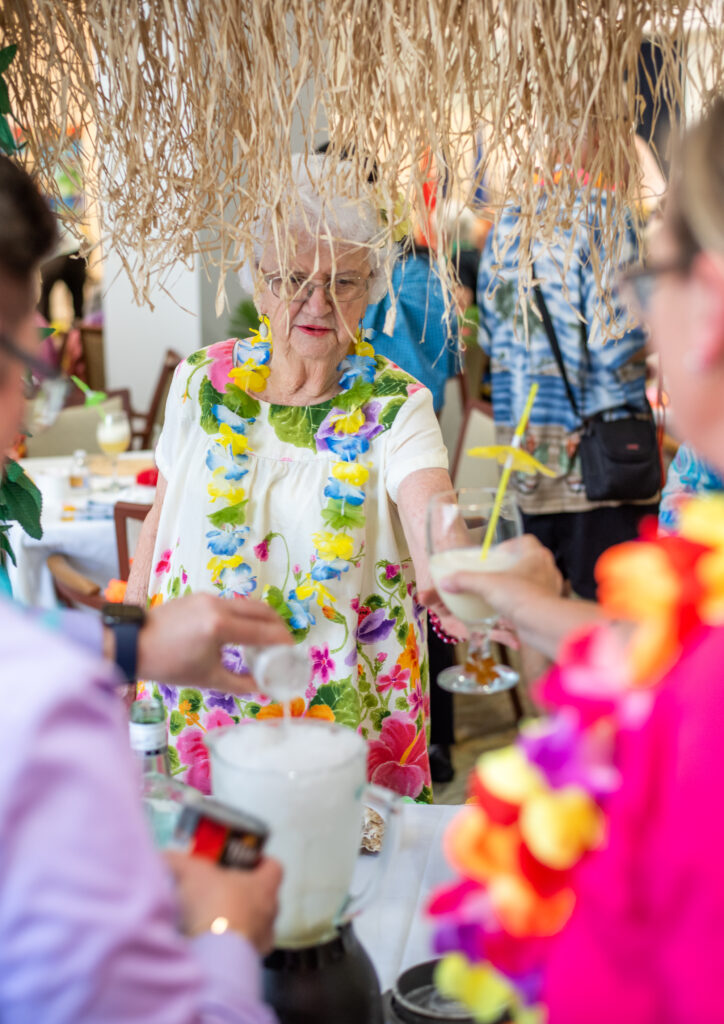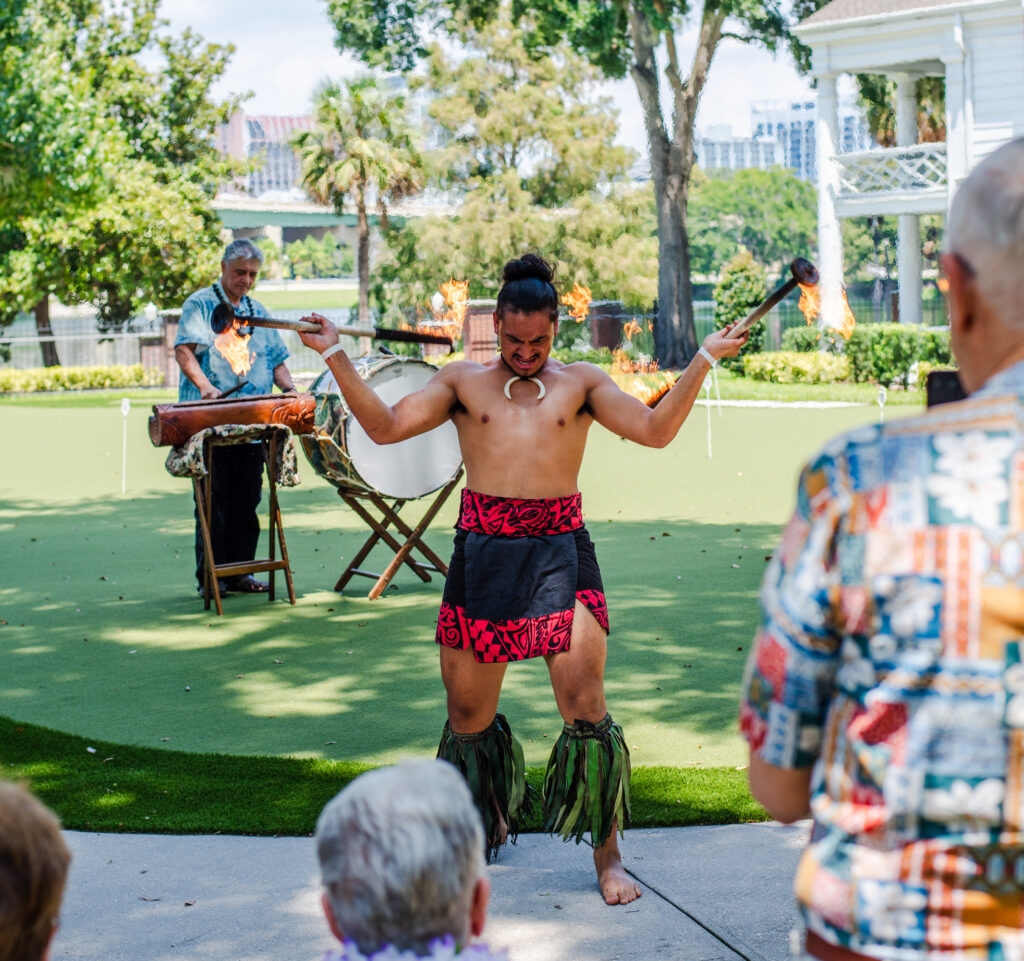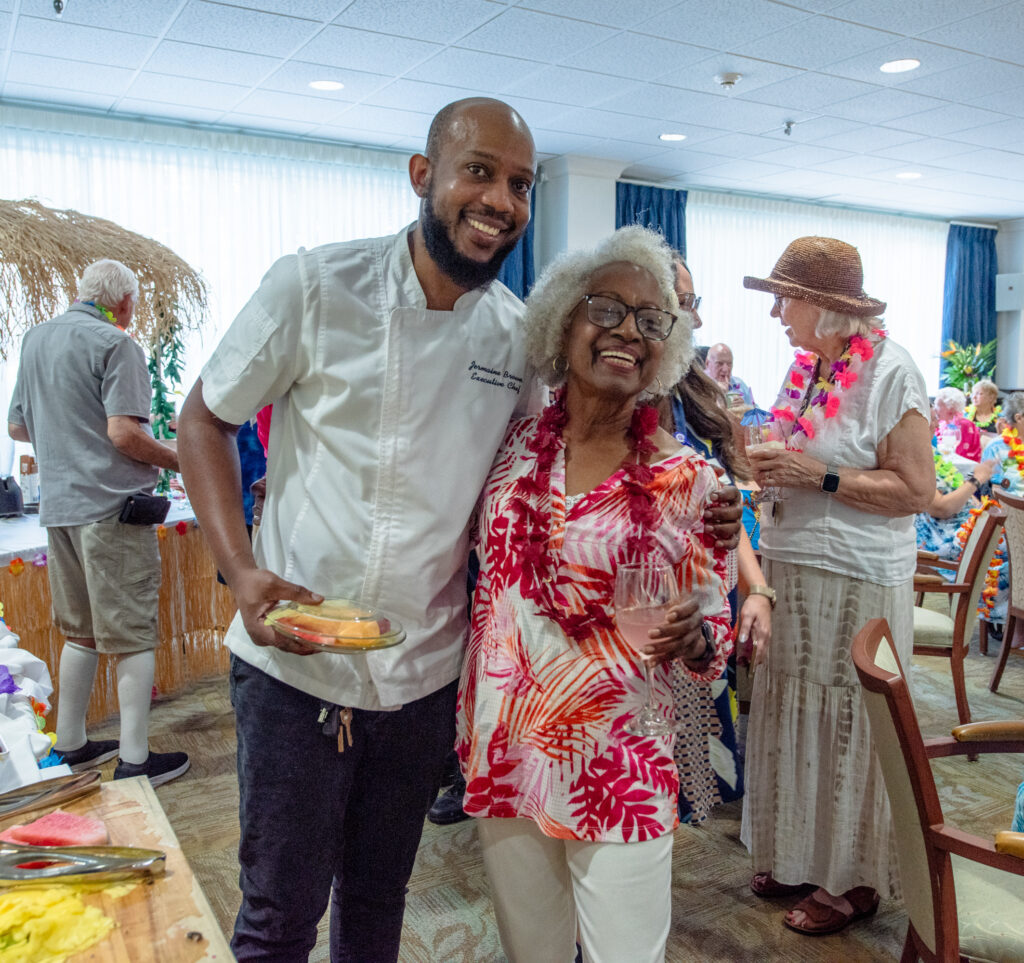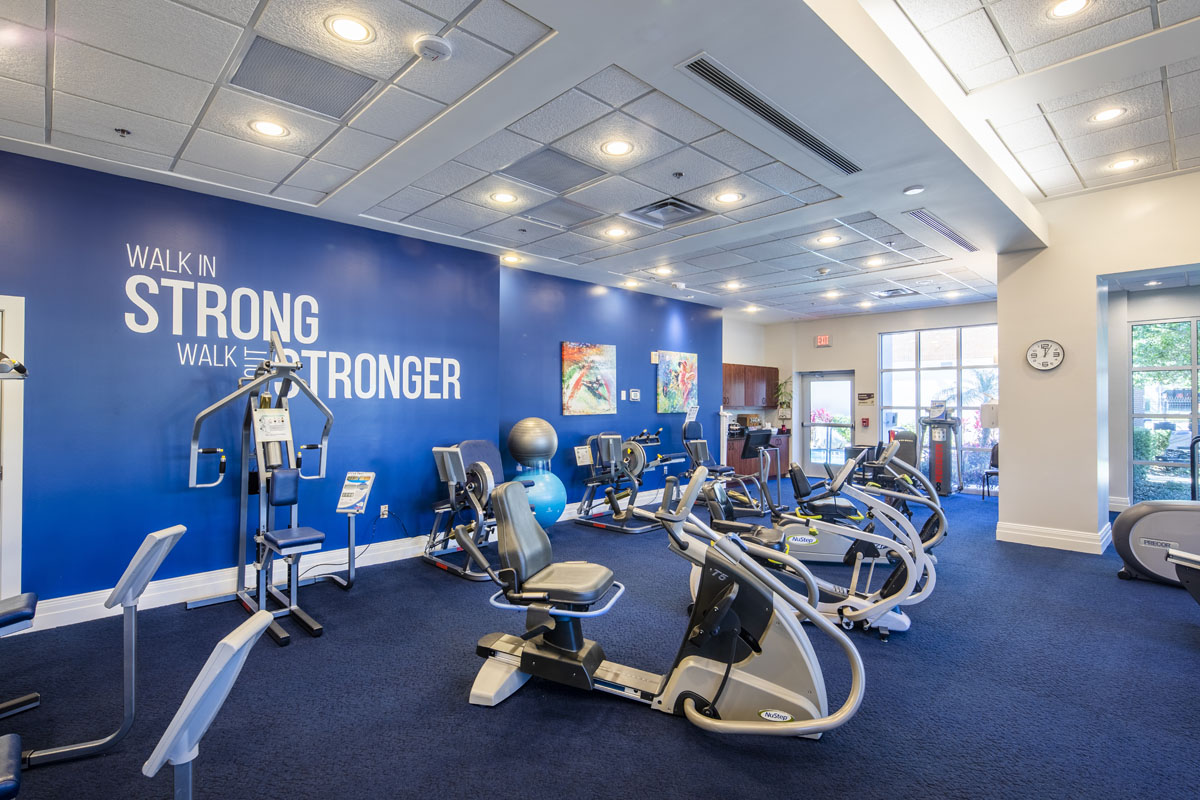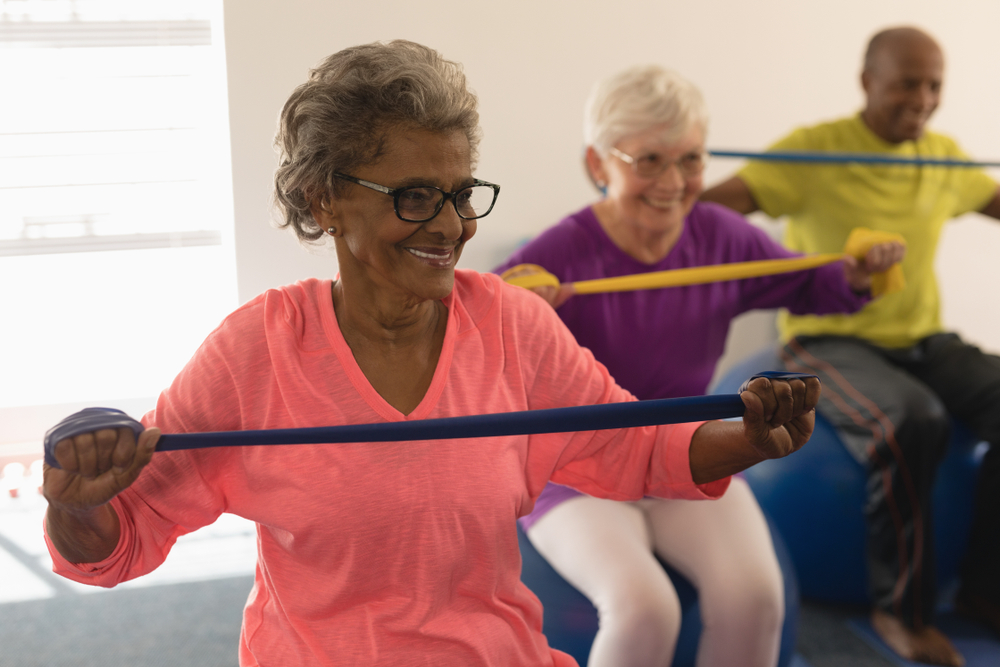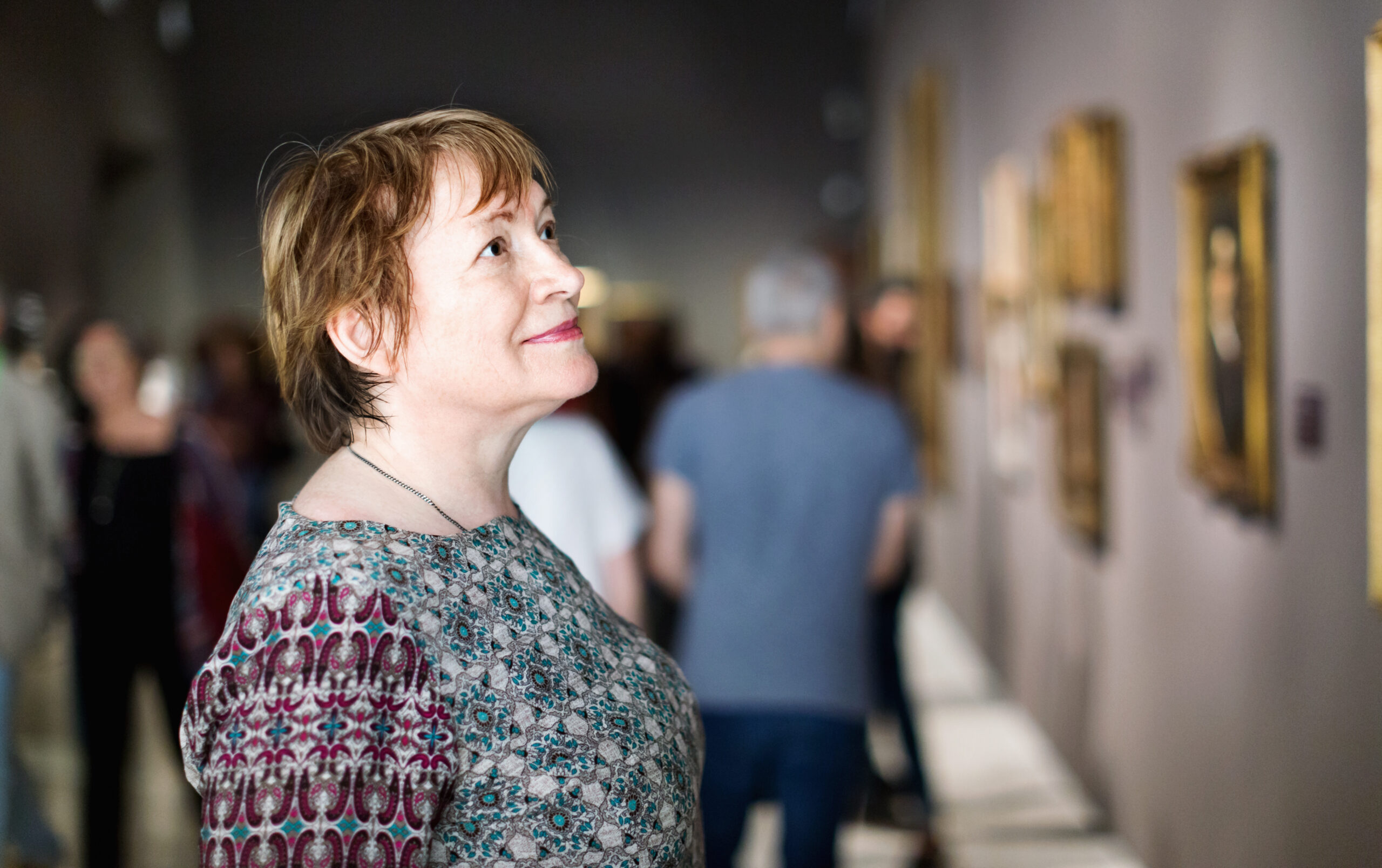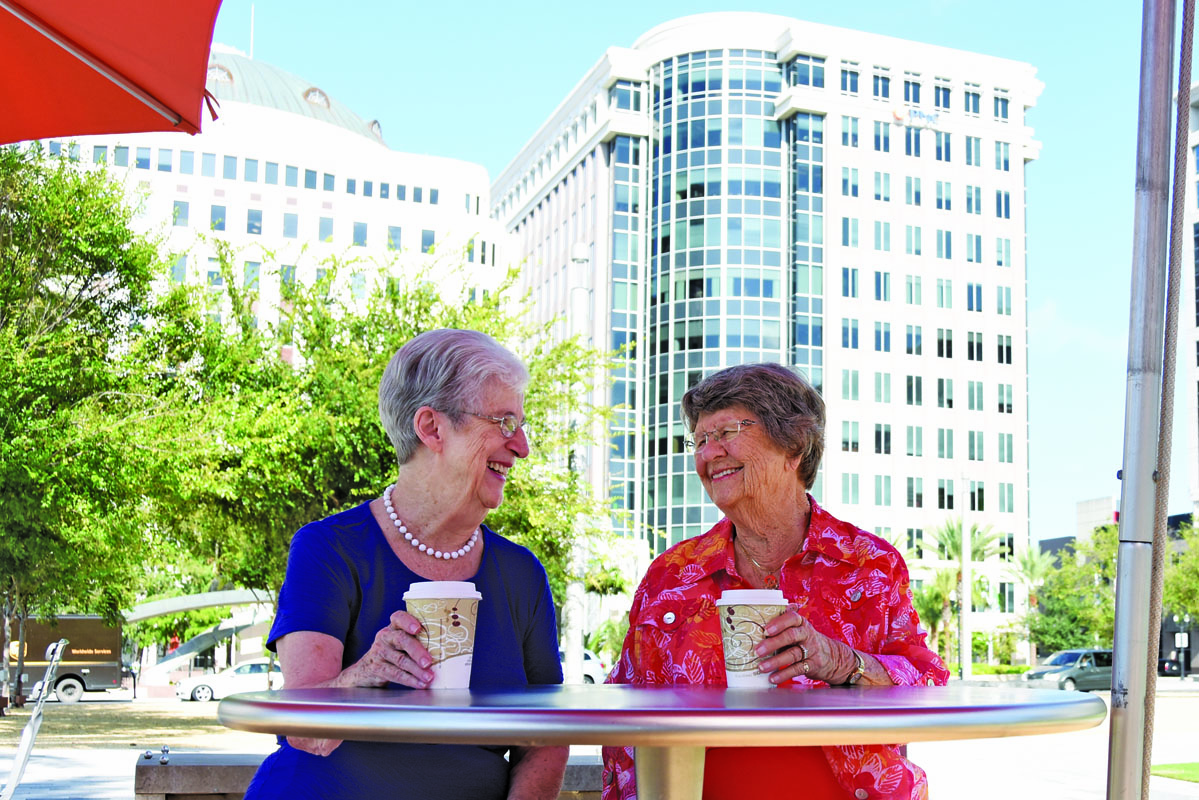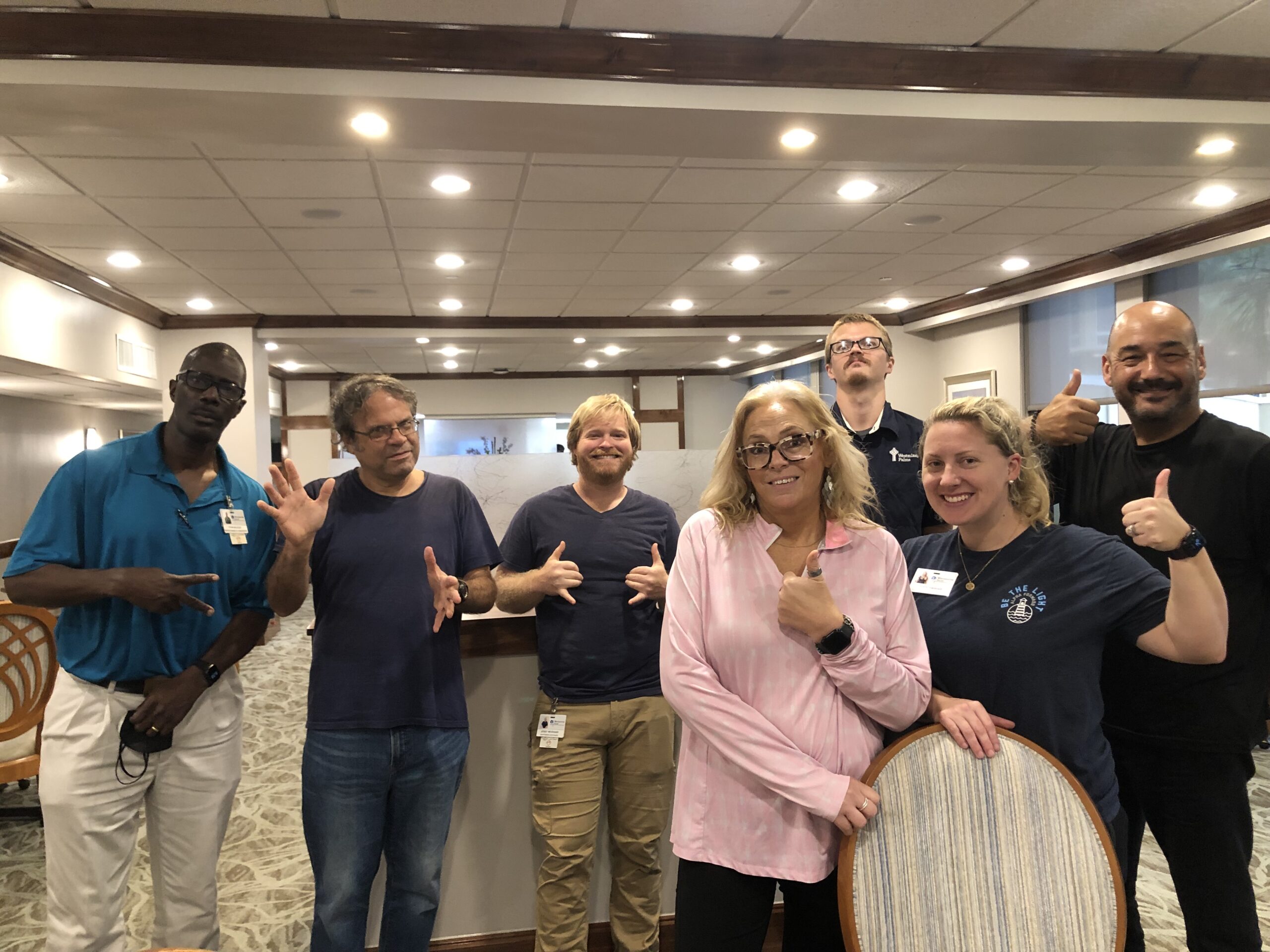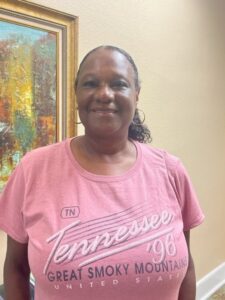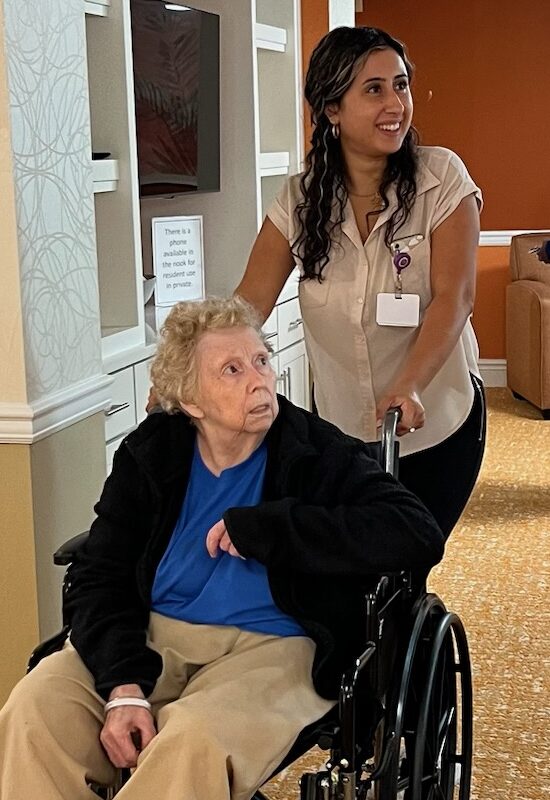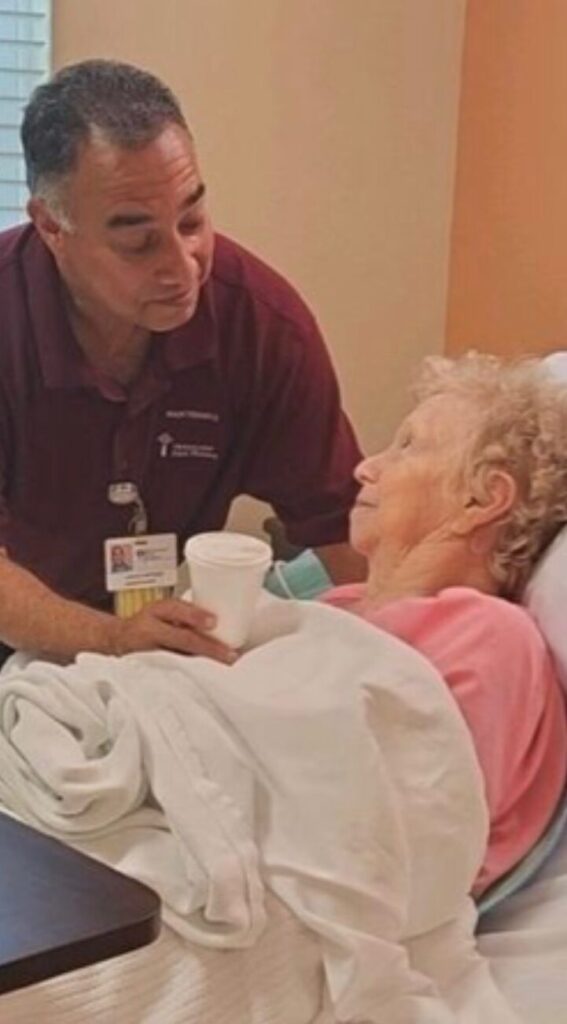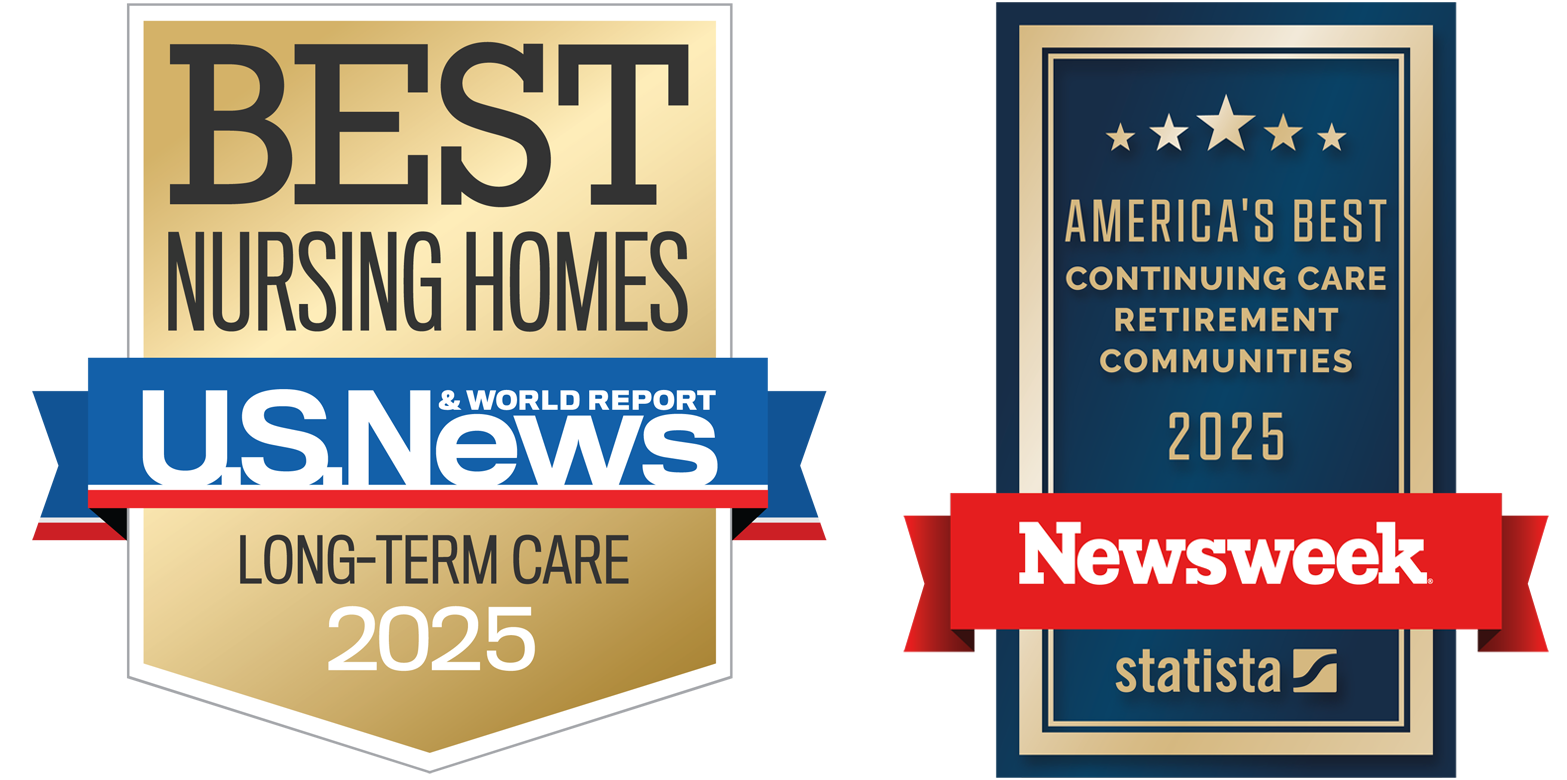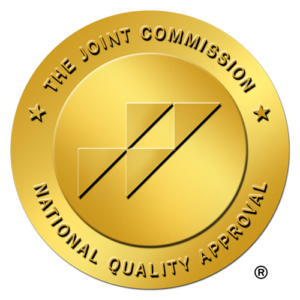February morning light streams through your apartment windows, illuminating the urban landscape beyond. The city is already awake, pulsing with energy – not unlike the vital organ beating steadily within your chest.
That heart of yours. The one that’s been with you through every triumph, heartbreak, celebration, and challenge. The one that, statistically speaking, becomes more vulnerable with each passing decade.
Heart health matters at every age, but for seniors? It’s absolutely crucial. The good news – and yes, there’s plenty of it – is that urban living offers unique advantages for maintaining cardiovascular wellness that many suburban or rural environments simply cannot match.
Let’s explore how city dwellers can leverage their surroundings to keep their hearts beating strong for years to come. Because contrary to what many believe, getting older doesn’t have to mean slowing down.
The Urban Advantage: Heart Health on Your Doorstep
Think about this: The average American spends 6-10 hours sitting each day. Sedentary lifestyles have become so common that medical professionals have coined a rather grim expression – “sitting is the new smoking.” Dramatic? Perhaps. But not entirely off base.
Here’s where urban living offers a distinct cardiovascular advantage. Cities, by their very nature, encourage what health experts call “incidental exercise” – physical activity that happens naturally throughout your day without formal exercise sessions.
Walking to the corner market. Climbing stairs to reach your favorite restaurant. Strolling through the nearby park. Taking public transportation (which inevitably involves more walking than driving). All these small movements add up in substantial ways.
A 2023 study published in the Journal of Urban Health found that seniors living in walkable urban environments accumulated, on average, 63 more minutes of physical activity per week than their suburban counterparts – without any conscious effort to “exercise” more. That’s over an hour of heart-healthy movement happening naturally, simply because of where they live.
The science is clear on this one – these consistent, moderate movements throughout the day may actually benefit cardiovascular health more than the occasional intense workout followed by hours of sitting. It’s about movement patterns, not just dedicated exercise time.
And speaking of movement patterns…
Walk This Way: The Perfect Urban Exercise
Let’s be honest about something: high-impact activities become less appealing with age. Knees protest. Backs complain. Recovery takes longer.
But walking? Walking is the unsung hero of cardiovascular exercise. No equipment needed. No special skills required. Gentle on the joints. Adaptable to any fitness level. And in cities, there’s always somewhere interesting to walk to.
The American Heart Association recommends 150 minutes of moderate activity weekly – that’s just 30 minutes of walking five days a week. Sounds manageable, right? Especially when your environment makes it natural and convenient.
Urban environments offer endless walking opportunities with built-in variety. One day, it’s a cultural stroll past museums and galleries. The next, perhaps a waterfront path with benches perfectly positioned for rest stops. The day after that, maybe a farmers market where the walking is punctuated by social interactions and fresh food discoveries.
This variety matters more than most people realize. Walking the same suburban loop day after day quickly becomes monotonous. Urban walking routes offer changing scenery, new destinations, and the mental stimulation that keeps exercise feeling fresh and engaging.
The psychological aspect shouldn’t be underestimated. Exercise only benefits your heart if you actually do it consistently. Urban environments make walking less about exercise and more about living – experiencing your community, connecting with others, and simply going about your day.
The Social Heart Connection
Here’s something cardiologists have known for decades but rarely makes headlines: social isolation is as dangerous for your heart as smoking 15 cigarettes daily. Yes, really.
Urban living, particularly in well-designed senior communities, offers built-in social infrastructure that suburban homes often lack. The elevator conversation that turns into coffee with a neighbor. Community events in shared spaces. Cultural outings with fellow residents. These aren’t just pleasant social interactions – they’re medicine for your heart.
The mechanism behind this connection is fascinating. Social isolation triggers stress responses, increases inflammation, raises blood pressure, and disrupts sleep – all direct pathways to heart disease. Regular positive social interaction does the opposite, creating physiological conditions that protect cardiac function.
Urban environments create what sociologists call “engineered serendipity” – physical settings where meaningful connections happen naturally through repeated casual contact. These environments make it easier to maintain existing relationships and form new ones, even for those who don’t consider themselves particularly social.
Think about it – when’s the last time you spontaneously encountered a neighbor while living in a single-family home? Now compare that to the natural meeting opportunities in a high-rise building’s elevator, mail room, lobby, or community spaces.
Fresh Food Access: Urban Markets and Heart Health
Nutrition forms the foundation of cardiovascular health, and this is another area where urban living offers significant advantages – particularly in the midst of Florida’s year-round growing season.
Downtown Orlando boasts multiple farmers markets within walking distance, where local produce is available at peak freshness. The fiber, antioxidants, and natural compounds in fresh fruits and vegetables work synergistically to lower inflammation, regulate blood pressure, and protect arterial function.
But even beyond farmers markets, urban centers typically offer greater diversity in food options. Mediterranean restaurants serving heart-healthy olive oil-based dishes. Plant-forward cafés specializing in creative vegetable preparations. International markets with exotic fruits and vegetables that add variety to heart-healthy diets.
This diversity matters enormously for nutritional adherence. The typical “heart-healthy diet” fails not because people don’t understand it, but because it becomes boring. Urban food environments offer endless variation that makes nutritious eating an adventure rather than a chore.
Wait, that’s not quite right – it’s not just about having access to these options; it’s about the proximity. When healthy choices require less effort than unhealthy ones, behavior change happens naturally. The corner market with fresh produce becomes the convenient option when it’s actually on your corner.
Stress Less: Urban Green Spaces and Cardiac Health
Chronic stress silently damages the cardiovascular system through multiple pathways: elevated blood pressure, increased inflammation, altered blood clotting, and risky behavioral changes like poor eating habits or disrupted sleep.
Contrary to popular belief, well-designed urban environments can actually reduce certain types of stress – particularly for seniors. The stress of home maintenance? Gone. Transportation logistics? Simplified. Access to services? Streamlined.
But beyond these practical stress reducers, cities have increasingly prioritized the development of green spaces – parks, gardens, and natural areas that research shows directly benefit cardiovascular health.
A groundbreaking 2019 study in the European Heart Journal found that even brief exposure to green spaces lowers blood pressure, reduces heart rate variability, and decreases stress hormone production. The effect is so pronounced that some cardiologists have begun “prescribing” regular park visits alongside traditional medications.
Orlando’s Lake Eola Park provides exactly this type of restorative environment within the urban landscape. The 1.5-mile walking path encircling the lake offers both exercise and exposure to natural elements – the perfect combination for heart health.
Medical Access When Minutes Matter
Let’s discuss something nobody wants to think about, but everyone should consider: emergency cardiac care.
The stark reality is that with heart attacks, stroke, and other cardiac emergencies, proximity to advanced medical care directly impacts survival rates and recovery outcomes. The American Heart Association emphasizes the critical importance of the “golden hour” – the first 60 minutes after symptom onset when treatment is most effective.
Urban living, particularly in downtown Orlando, places residents minutes away from world-class cardiac care facilities. This proximity isn’t just convenient – it can be lifesaving.
Beyond emergency care, the accessibility of routine cardiac care in urban environments removes barriers to preventative treatment. When your cardiologist’s office is a short walk or brief transit ride away, you’re more likely to keep regular appointments, follow up on concerning symptoms, and maintain continuity of care.
This accessibility becomes increasingly valuable with age, as medical appointments tend to become more frequent and mobility challenges more common. The difference between a five-minute ride and a forty-five-minute drive to a specialist appointment is more than just time – it’s about energy conservation, stress reduction, and the likelihood of maintaining consistent care.
Tech and Heart: Urban Innovation
Urban centers have become hubs for healthcare innovation, particularly in the digital health space. Many urban senior living communities have embraced these technologies to support cardiovascular wellness in ways that would be challenging to implement in more isolated settings.
Remote monitoring programs allow cardiologists to track vital signs and detect potential issues before they become emergencies. Telehealth services provide convenient access to specialists without travel. Digital health platforms offer personalized guidance for exercise, nutrition, and medication management.
These technologies don’t replace human connection – they enhance it by removing logistical barriers and providing data that makes in-person medical visits more productive. The integration of these tools into urban senior living environments creates a supportive ecosystem for heart health that combines the best of technology and personal care.
Making Heart-Healthy Choices in an Urban Environment
Living in an urban setting provides the infrastructure for heart health, but personal choices still matter enormously. Here are some practical strategies for leveraging your urban environment for optimal cardiovascular wellness:
- Create walking routes that incorporate destinations – the morning coffee shop, the community garden, the local library – making exercise a natural part of daily life.
- Take the stairs when possible – even if just for a floor or two before catching the elevator. These micro-exercise moments accumulate significantly over time.
- Establish regular farmers market visits as a social activity, combining physical movement, social connection, and fresh food access in one heart-healthy habit.
- Identify your nearest green spaces and incorporate them into your weekly routine – research shows even 20 minutes in nature three times weekly produces measurable cardiovascular benefits.
- Leverage community spaces for group activities – from formal exercise classes to informal walking groups. The social component will help maintain consistency.
- Take advantage of urban cultural events that require walking and standing – museum exhibitions, art walks, outdoor concerts – getting movement while engaging your mind.
- Explore heart-healthy menu options at local restaurants, creating a rotation of favorites that make nutritious choices easy and enjoyable.
The key is consistency over intensity. Small, sustainable habits integrated into your daily urban life will benefit your heart more than occasional heroic efforts followed by lengthy periods of inactivity.
The Rhythm of Urban Heart Health
The cardiovascular system works in rhythms – the steady beat of your heart, the cyclical flow of blood, the consistent patterns that maintain life. Urban living, at its best, creates its own beneficial rhythms that naturally support heart health.
The morning walk for coffee. The afternoon stroll through the park. The evening social gathering in a community space. These patterns become the framework for cardiovascular wellness without requiring constant conscious effort.
For active seniors, urban environments offer uniquely supportive settings for heart health. The walkability, social connectivity, stress reduction, nutritional options, and medical access combine to create conditions where heart-healthy choices become the path of least resistance rather than an ongoing battle against environmental obstacles.
The city pulses with energy – and with the right approach, your heart can match its strong, steady rhythm for years to come.
If you’re looking for urban senior living that supports cardiovascular wellness for yourself or a loved one, keep Westminster Towers in mind. As one of Florida’s leading not-for-profit organizations in senior care, they offer maintenance-free apartments with access to downtown Orlando’s heart-healthy amenities, comprehensive wellness programs, and supportive services. Learn more at https://westminstercommunitiesfl.org/.



